Expansion of the Automotive Industry
The ongoing expansion of the automotive industry is a significant driver for the Automotive Wheel Rims Market. As vehicle production increases, so does the demand for high-quality wheel rims. Emerging markets are witnessing a surge in automotive manufacturing, which is expected to contribute to the growth of the wheel rim sector. In 2025, the automotive industry is projected to experience robust growth, driven by rising disposable incomes and urbanization trends. This expansion creates opportunities for wheel rim manufacturers to cater to a diverse range of vehicles, from passenger cars to commercial trucks. Consequently, the Automotive Wheel Rims Market is poised for growth as manufacturers adapt to the evolving needs of the automotive sector.
Growing Demand for Electric Vehicles
The increasing adoption of electric vehicles (EVs) is a pivotal driver for the Automotive Wheel Rims Market. As consumers shift towards more sustainable transportation options, the demand for lightweight and efficient wheel rims has surged. EV manufacturers are focusing on reducing vehicle weight to enhance battery efficiency, which in turn propels the need for advanced wheel rim designs. In 2025, it is estimated that the EV market will account for a substantial share of new vehicle sales, further stimulating the Automotive Wheel Rims Market. This trend suggests that manufacturers must innovate to meet the specific requirements of EVs, including improved aerodynamics and reduced rolling resistance, thereby creating opportunities for growth in the wheel rim sector.
Technological Advancements in Manufacturing
Technological innovations in manufacturing processes are significantly influencing the Automotive Wheel Rims Market. Advanced techniques such as 3D printing and automated production lines are enhancing the precision and efficiency of wheel rim production. These advancements allow for the creation of complex designs that were previously unattainable, catering to the growing demand for customized and high-performance rims. Furthermore, the integration of computer-aided design (CAD) software enables manufacturers to optimize rim designs for weight reduction and strength. As a result, the market is witnessing a shift towards more sophisticated rim designs that not only meet aesthetic preferences but also improve vehicle performance. This technological evolution is likely to reshape the competitive landscape of the Automotive Wheel Rims Market.
Regulatory Standards and Safety Requirements
The implementation of stringent regulatory standards and safety requirements is a crucial driver for the Automotive Wheel Rims Market. Governments worldwide are increasingly focusing on vehicle safety and environmental impact, leading to the establishment of regulations that affect wheel rim manufacturing. Compliance with these standards necessitates the use of high-quality materials and advanced manufacturing techniques, which can enhance the durability and performance of wheel rims. As a result, manufacturers are compelled to invest in research and development to meet these regulations, thereby driving innovation within the Automotive Wheel Rims Market. This regulatory landscape not only ensures consumer safety but also promotes the adoption of more sustainable practices in wheel rim production.
Rising Consumer Preference for Customization
The trend towards personalization in the automotive sector is driving the Automotive Wheel Rims Market. Consumers increasingly seek unique and customized wheel rim designs that reflect their individual style and preferences. This demand for aesthetic appeal is prompting manufacturers to offer a wider range of designs, finishes, and sizes. In 2025, it is projected that the customization segment will represent a significant portion of the market, as consumers are willing to invest in premium products that enhance the visual appeal of their vehicles. This shift not only boosts sales for manufacturers but also encourages innovation in design and materials used in wheel rim production. Consequently, the Automotive Wheel Rims Market is evolving to accommodate these changing consumer preferences.
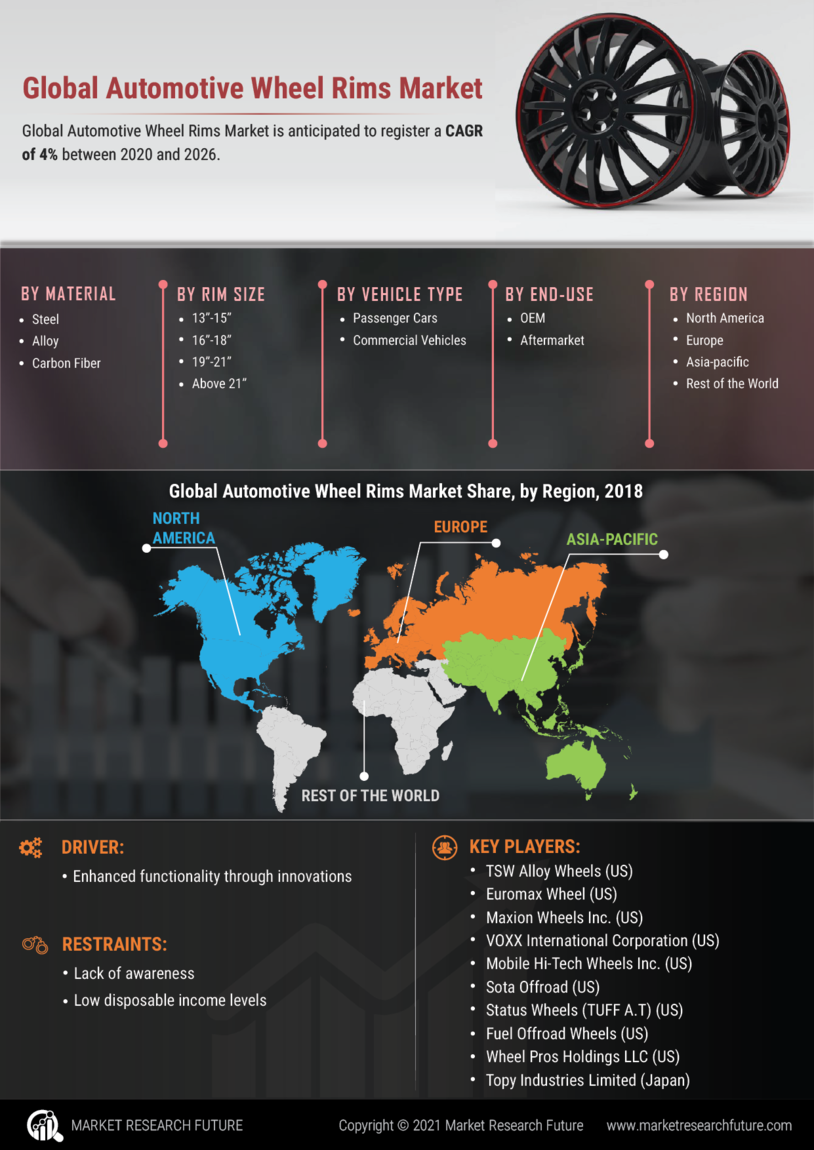

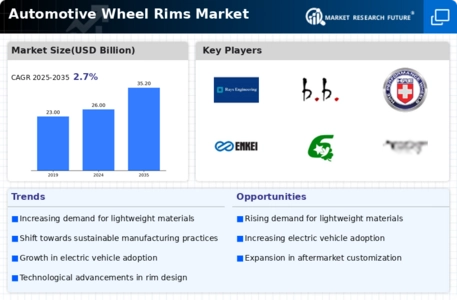
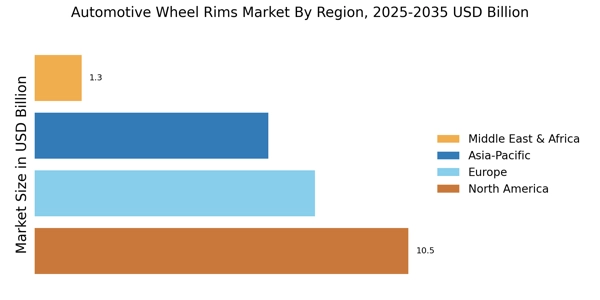


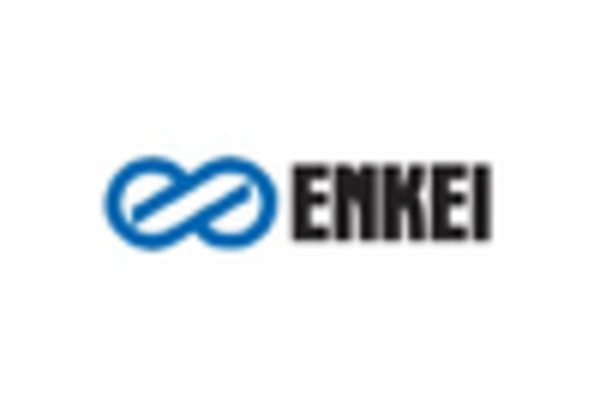
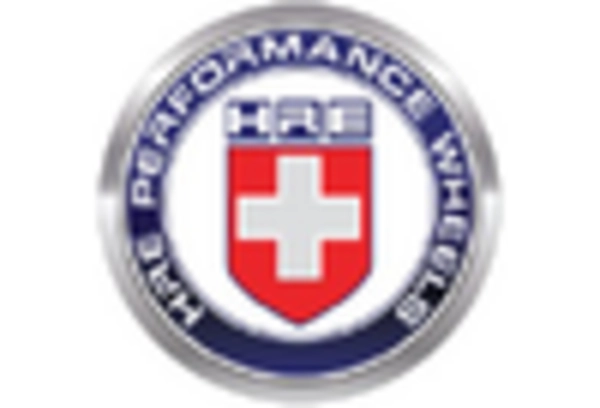

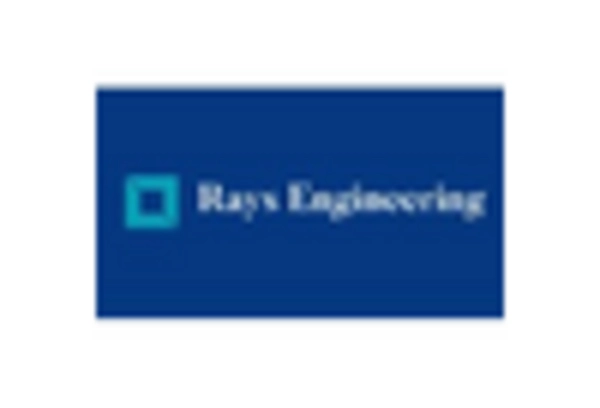








Leave a Comment